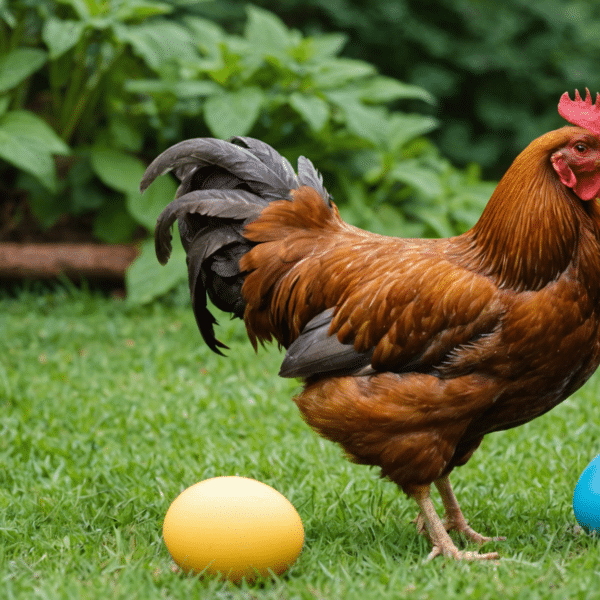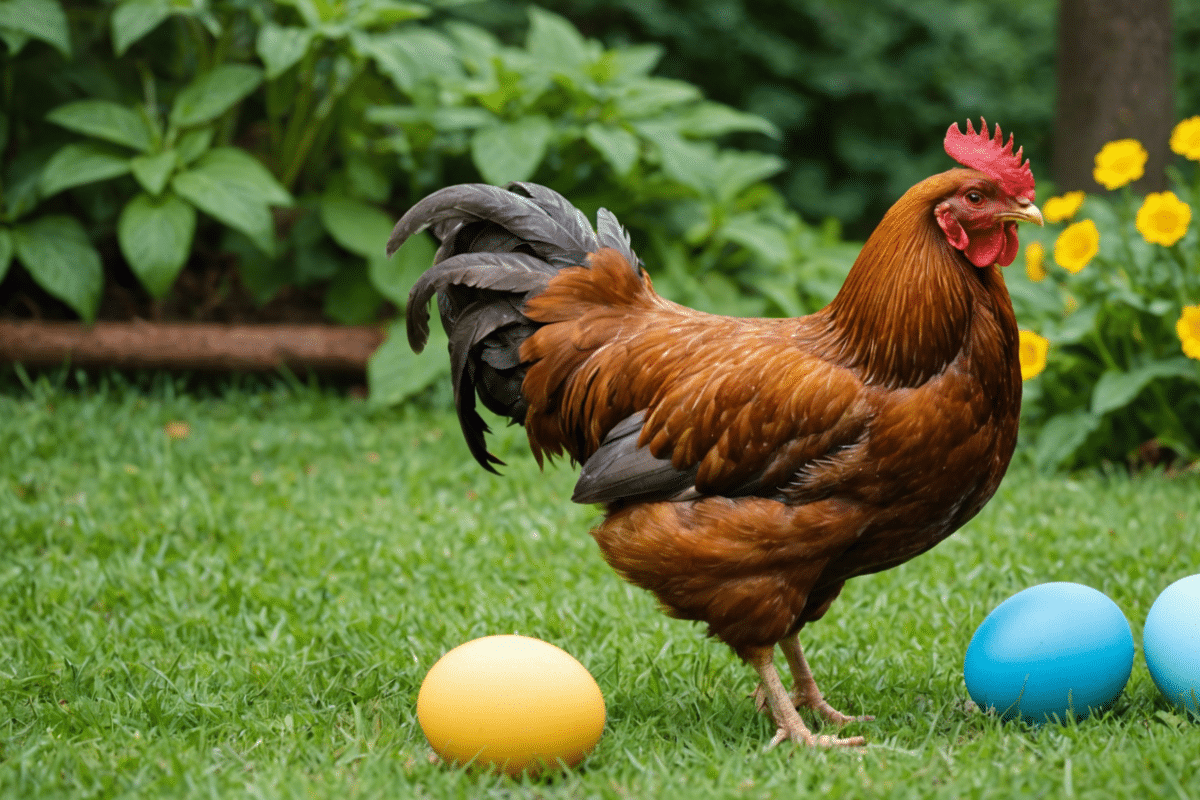Content
Embarking on the journey of raising chicks from eggs is both a delightfully engaging and a profoundly nurturing experience. It requires a blend of knowledge, dedication, and a deep understanding of the natural processes that govern the development of these feathered creatures. This comprehensive guide will walk through the stages and considerations necessary to bring about a thriving flock from the very start—incubation, hatching, and beyond.
Getting Started with the Right Equipment

To commence the hatching voyage, it is essential to gather the correct equipment. A reliable incubator is paramount for providing a controlled environment where eggs can develop. It is worth investing in a model with a built-in hygrometer and thermometer to monitor humidity and temperature, two of the most critical factors during the incubation process. Additionally, an automatic egg turner can greatly simplify the maintenance of optimal conditions by ensuring eggs are regularly and gently rotated, mimicking the care a mother hen provides.
Establishing a sanitary environment is also crucial. Before setting the eggs, clean the incubator with a simple disinfectant to minimize the risk of infection. This can help in safeguarding the eggs against unwanted bacteria that could compromise the health of the developing chicks.
Selecting and Handling Eggs for Incubation
The selection of fertile eggs is the next step. Source high-quality eggs from a reputable supplier, ensuring they’re freshly laid and free from cracks or deformities. Handling the eggs with care is vital—always wash hands or wear gloves to keep oils and germs from contaminating the eggshells.
- Choose eggs that are uniform in size for consistent hatching.
- Store eggs at a cool temperature before incubation.
- Avoid shaking or jarring the eggs, as this can damage the embryos.
Once the eggs are placed in the incubator, maintain an internal temperature of around 99.5°F (37.5°C) and a humidity level between 40-50%, which needs to be increased to 65-75% in the final days of incubation.
Incubation: The Path to Hatching
The entire incubation period for chicken eggs typically spans 21 days. During this time, eggs should be turned at least three times a day to prevent the embryo from sticking to the shell, ensuring healthy development. Some experienced keepers opt to cease turning eggs a few days before hatching to allow the chick to orient itself for the emergence. This practice is known as the ‘lockdown period’.
Monitoring the incubator’s environment is not only about sustaining proper heat and humidity. It is also important to ensure adequate ventilation, as developing embryos require oxygen and need to expel carbon dioxide.
Embracing the Hatching Process
As the 21st day approaches, attentiveness becomes paramount. The first sign of hatching is ‘pipping’, where the chick begins to break through the eggshell. At this critical juncture, the incubator’s humidity is crucial to prevent the membrane inside the shell from drying out, which could trap the chick.
Assist hatching should be avoided unless absolutely necessary. Interfering with the natural process can harm the chicks—patience is a virtue at this stage. Once hatched, chicks should remain in the incubator until they’re dry and fluffy, which usually takes several hours.
Post-Hatching Care and Brooding
After the chicks have fully emerged and dried, they should be transferred to a brooder— a warm, protective environment where they begin to grow and develop. A heat lamp is essential in maintaining the brooder’s temperature, which should start around 95°F (35°C) in the first week, decreasing each week thereafter.
Proper flooring, such as pine shavings or a similarly absorbent material, will keep the brooder clean and safe. During the early days, a small enclosure is preferable to prevent chicks from wandering too far from heat and becoming chilled. Providing chick starter feed and fresh water is equally important for the young birds’ thriving.
Nutrition and Health: Ensuring the Best Start
Proper nutrition from the beginning sets the foundation for healthy development. A balanced chick starter feed that is high in protein will support their rapid growth. One should transition to a grower feed as the chicks mature according to the manufacturer’s guidelines or expert advice.
Observing the flock for signs of illness or distress is a continuous responsibility. Implementing routine health checks and maintaining cleanliness by regularly changing bedding and refreshing water can forestall many potential issues. Refer to appropriate resources for guidance on backyard poultry care to ensure the best welfare standards are upheld.
For a detailed understanding of chick care, informed articles on backyard poultry and the practical aspects of animal husbandry can be referenced. The links provided above are great starting points to further one’s understanding.
FAQ: Fostering a Healthy Flock
Q: What’s the ideal temperature for incubating chicken eggs?
A: The ideal temperature is around 99.5°F (37.5°C).
Q: How long should I keep the chicks in a brooder?
A: Chicks typically require a brooder for the first four to six weeks of life.
Q: Can I feed adult chicken feed to chicks?
A: No, chicks require a special starter feed that is formulated for their growing needs.
By adhering to the guidelines described above, one can ensure a rich adventure in raising chicks, culminating in the joy of watching a flock of healthy chickens thrive, all from starting with a handful of carefully incubated eggs.












